How Often Should You Wash Your Dog?
Assuming you have a four-legged friend that just loves goofing around in your backyard, the quick answer to how often you should wash your dog is—whenever it starts to stink.
No, seriously. That’s the answer. If your dog doesn’t smell, there is no need to wash it.
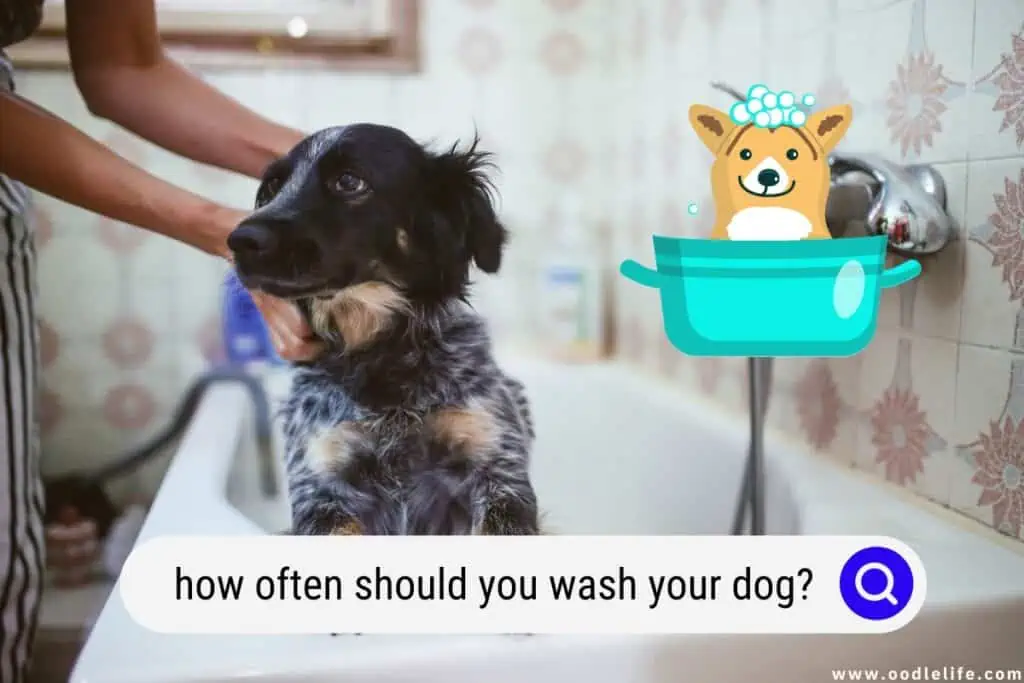
A quick towel wipe or brush down will do. In fact, vets agree that washing your dog too often can strip its coat of natural oils and cause skin irritation.
Of course, if your dog gets into something stinky (like, ahem, garbage), a quick bath is in order. But otherwise, let them enjoy the outdoors and their natural scent.
Some Exceptions
Most vets say that you should wash your dog once a week. That said, there are a couple of exceptions to this rule.
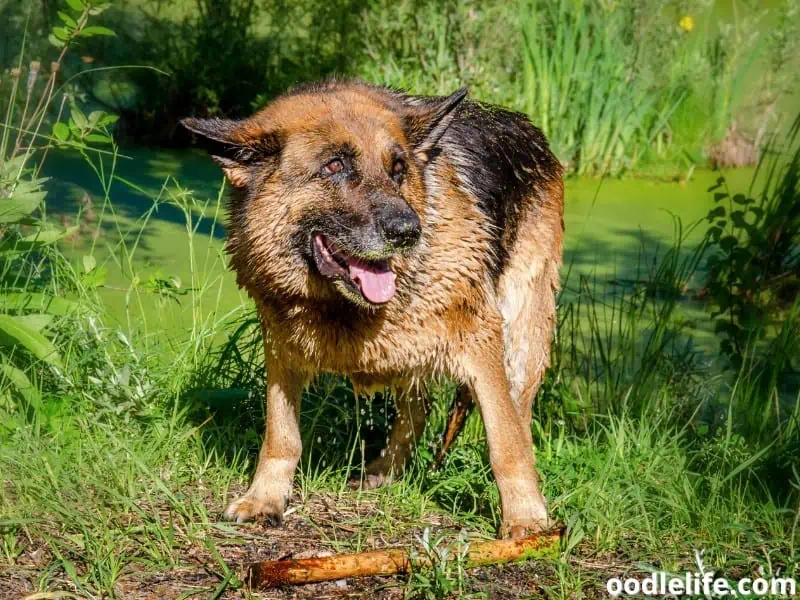
If your dogs live in a hot climate or stay active all day long (hunting dogs), you may need to wash them more often. Likewise, if your dog has a lot of hair (German Shepherds, Boxers, and Old English Sheepdogs), you may need to wash them less often.
Moreover, dogs with dry skin may only need a wash every couple of months. But if your dogs start to develop a bad odor or seem to be scratching a lot, it may be a sign that they need a bath more often.
If you’re still unsure, it’s safer to ask and follow the advice of your veterinarian or any dog-grooming expert.
Washing Your Dog
The Basics
Washing your dog may seem like a daunting task, but it doesn’t have to be! By following these simple tips, you’ll have your pup sparkling clean in no time.
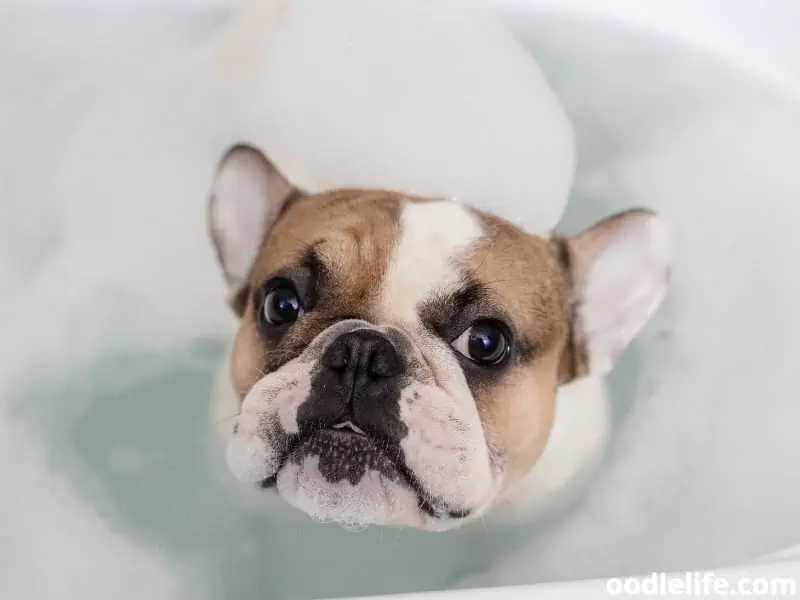
The first thing you’ll need is a good shampoo specifically for dogs. Human shampoo is much too harsh for their delicate skin and can cause irritation. Once you’ve got the right shampoo, find a location that’s comfortable for both you and your dog.
A bathtub is ideal, but if your pup is small enough, you can also use your kitchen sink or even the outdoors.
Now it’s time to get wet! Start by wetting your dog down thoroughly, using lukewarm water. Be careful not to get water in their ears or eyes.
Apply the shampoo to their coat, starting at the neck and working your way down. For starters, be sure to use a mild shampoo that is specifically designed for dogs.
Massage it in well, making sure to reach all the way down to the skin. Rinse thoroughly until the water runs clear. Dogs dislike the feeling of soap in their fur.
If you’re using a conditioner, apply it now and leave it on for a few minutes before rinsing. Once your dog is clean, give it a good rubdown with a towel and let it shake off any excess water. And that should do it!
As a side note, when towel drying your pet, be as gentle as possible. Some dogs also dislike blow dryers, so it is best to avoid using one if possible.
Additionally, if this is your dog’s first wash, you may need to collar it and tightly grip its leash. This is to ensure that your energetic friend stays put until its fur is completely dry. Dogs tend to immediately rush about at full speed or roll in the dirt after the bath.
But What if My Dog Has Fleas?
Before you bathe a flea-infested dog, it is important to consult with a veterinarian. The vet can prescribe the best course of action and give you tips specific to your dog’s needs.
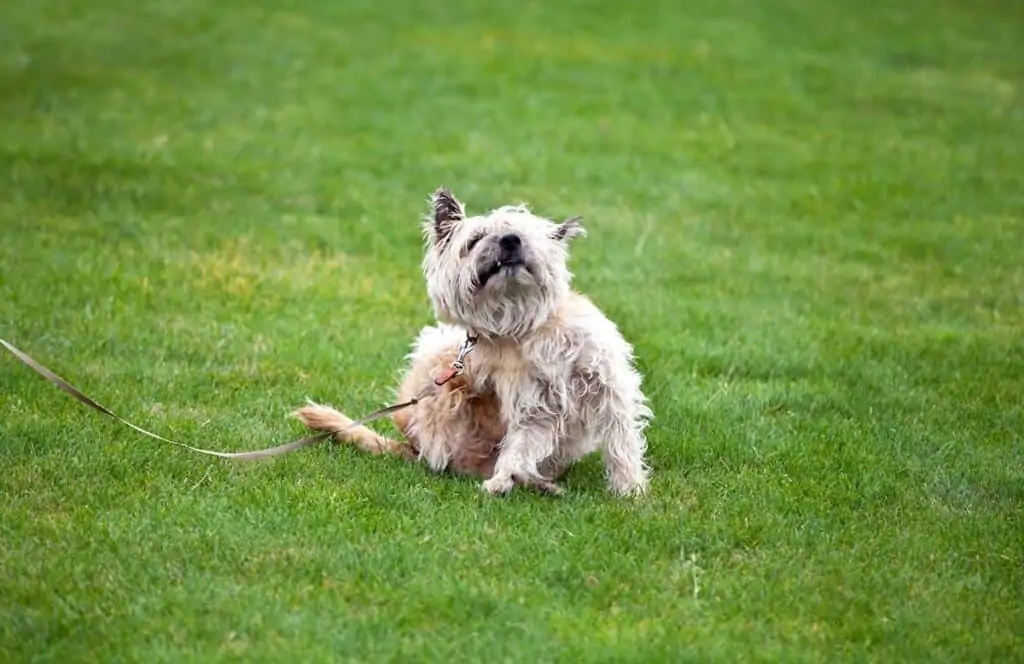
That said, here are some general tips on bathing a flea-infested dog:
- Use mild, unscented shampoo.
- Avoid using hot water, as it can dry out the skin and make the fleas more comfortable.
- Lather the shampoo well and let it sit on the dog for at least 5 minutes before rinsing.
- Be sure to rinse all the shampoos out of the dog’s fur.
- After the bath, comb the dog’s fur with a fine-toothed comb to remove any remaining fleas.
What if My Dog Suffers From Skin Allergies?
If your dog has skin allergies, you’ll want to take extra care when bathing them.
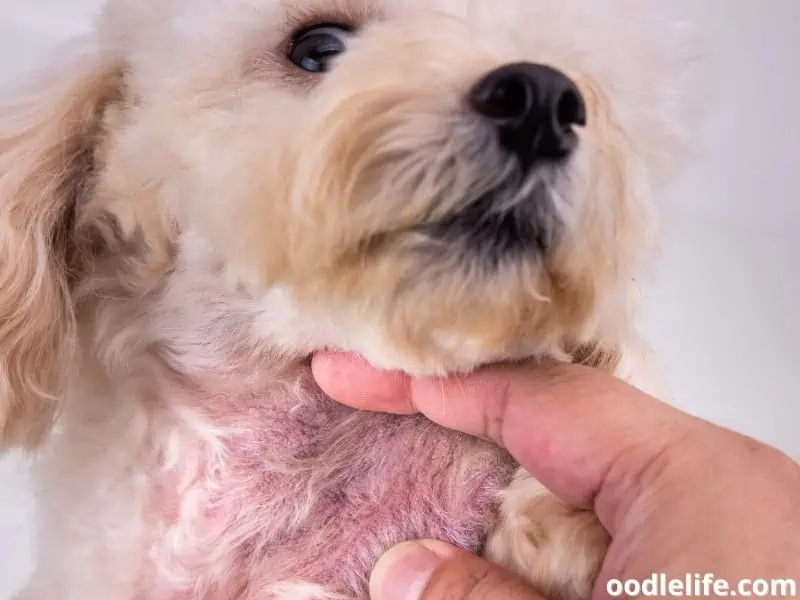
Here are some tips on how to bathe a dog with skin allergies:
- Use a gentle, hypoallergenic shampoo. Avoid shampoos with fragrances or other harsh chemicals, as these can irritate your dog’s skin.
- Rinse thoroughly. Ensure you rinse all the shampoo off your dog’s coat, as residual shampoo can further irritate their skin.
- Apply a soothing lotion or cream. After bathing, apply a hypoallergenic lotion or cream to your dog’s coat to help soothe its skin.
- Let your dog air dry. Avoid using a towel to dry your dog off, as this can irritate its skin. Instead, let them air dry in a warm, well-ventilated area.
What About Dogs With Long Coats?
Dogs with long coats require more care when washing than those without coats. The dirt, bacteria, and parasites that cover the fur of a dog with a long coat can cause an immense amount of harm if not cleaned regularly.
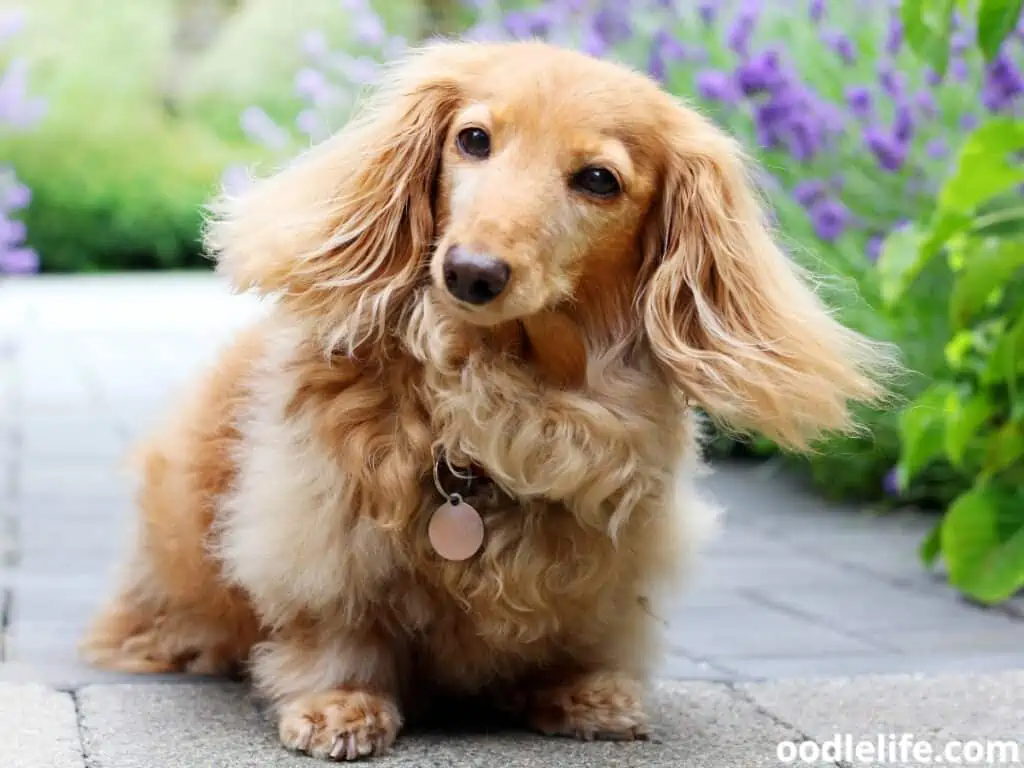
Dogs with long coats also tend to be more susceptible to skin problems such as fleas and parasites, so it’s important to take good care of them when it comes to hygiene.
The best way to wash a dog with a long coat is to use a pet bathing soap or shampoo designed specifically for these types of dogs. You should also avoid using hot water, as this can damage the coat. After washing the dog, you should dry it off completely and provide it with a towel to play with or wrap itself with in case it feels cold.
How Can I Get My Dog Comfortable With the Idea of Wash Time?
Why does my dog always seem so reluctant to get bathed? Is there a way to make the experience more comfortable for it?
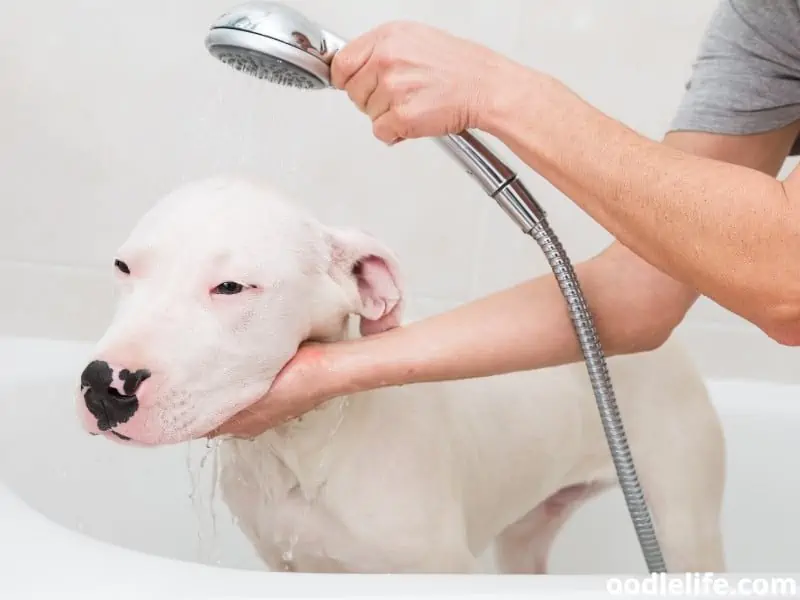
Here are a few tips to help make bath time more enjoyable for both you and your pet.
- Get your fur pet used to the idea of being cleaned up early on by gently taking it for a quick wash when it is not behaving particularly obstinate, or should I say, “dogged.” This will help your dog associate being clean with positive experiences, and it will be more relaxed when it comes to bath time.
- Make the bath area as comfortable as possible for your pet by providing plenty of water and softness, and avoid using harsh chemicals or cleaners that could irritate their skin. Give them a toy or some yummy treats while they are in the bath to help keep them entertained.
- Stage the event by bathing your dog in short bursts rather than having it sit down in a bathtub full of water. This will keep it excited and motivated, and it will be less likely to resist future baths.
If you still find your dog resisting baths or displaying other signs of reluctance, speak with your veterinarian about possible treatment options, such as antianxiety drugs or cognitive behavioral therapy. In the meantime, keep these tips in mind.
Doggy Bath Phobia
Dogs that dislike taking baths can be a challenge for owners. It can be difficult to get them into the tub and get them to stay long enough to get clean.
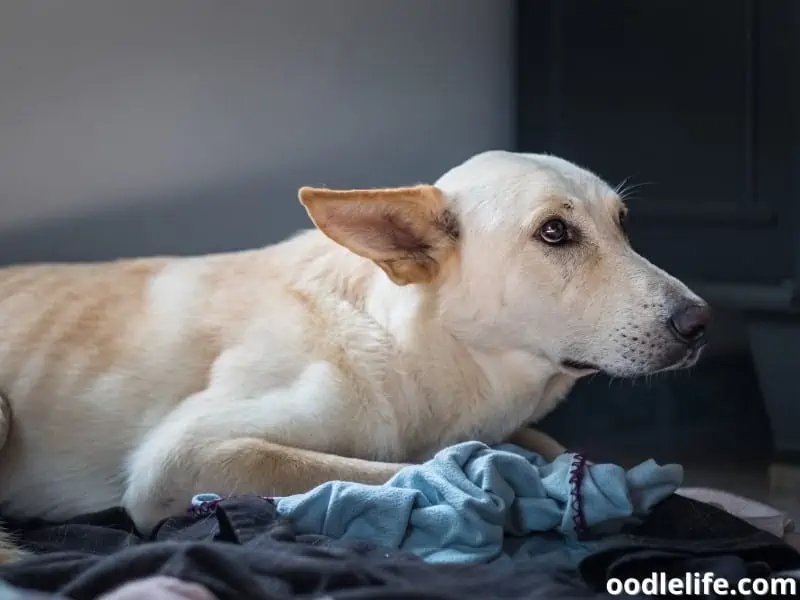
While wash time becomes natural to some dogs, bringing satisfaction to their fur moms and dads, some strongly have an aversion to it. So if your fur baby happens to hate baths, it’s important that you understand the psychology behind it and what you can do about it.
What Makes Dogs Dislike Baths?
There are a number of reasons why dogs may dislike baths.
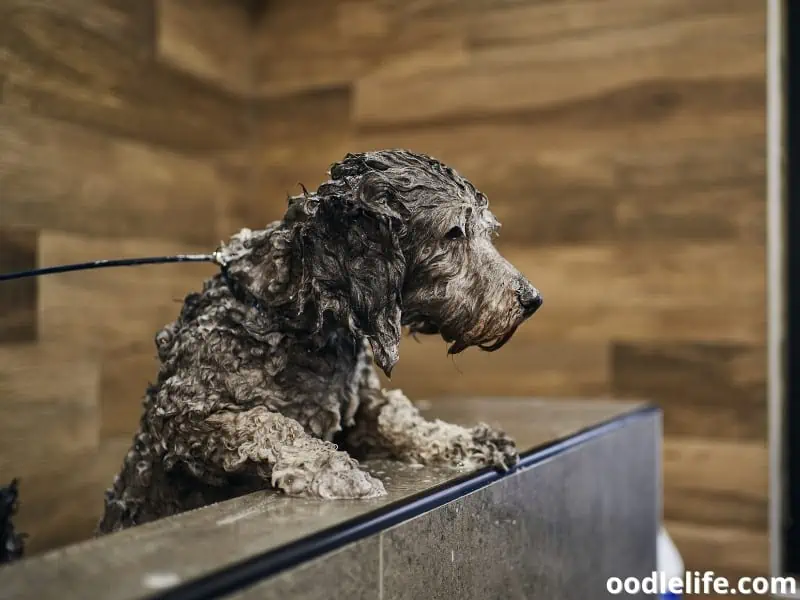
For one, they may only be used to them if they have had many in the past. Additionally, the process of getting wet and having water poured over them can be unpleasant and even scary for some dogs. The sound of running water may also add to their anxiety.
It’s also possible that the soap and shampoo used in their baths irritate their skin and coat.
Other dogs feel trapped in the tub and can become anxious. Some dogs have a natural aversion to water due to genetics or experiences during their development.
How to Handle Dogs That Dislike Taking Baths?
Dogs that dislike taking baths are often resistant to going into the water and may try to avoid it altogether. However, you can do a few things to make the experience more pleasant for you and your dog.
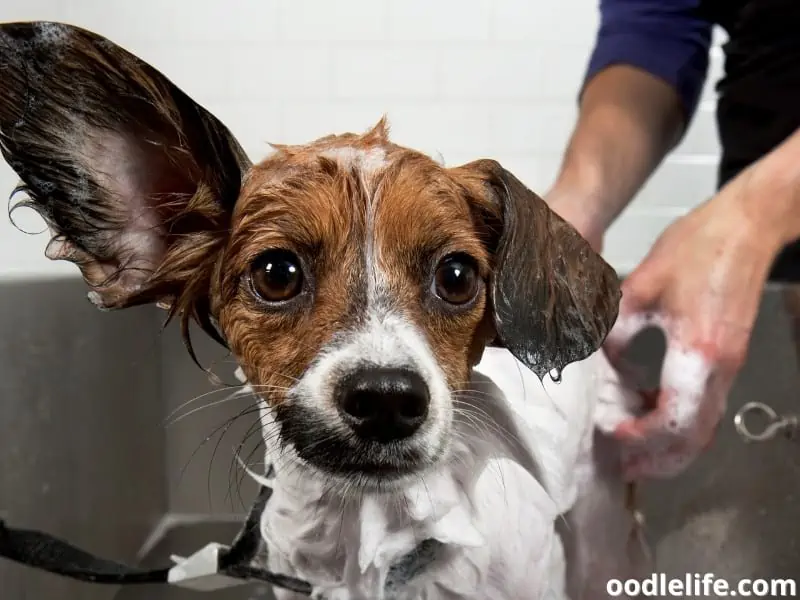
1. Choose the right time of day
Depending on your dog’s energy level, the best time to bathe them may be in the morning or evening. Avoid bathing them during the heat of the day when they may be more prone to overheating.
2. Warm up the water
Dogs are more likely to enjoy a warm bath than a cold one. However, you want to ensure the water is not too hot. Your dog may experience discomfort if the water is too hot.
Also, if the water starts to get cold, your dog may not want to stay in the tub long enough to get clean. Try adding some warm water to the tub from time to time.
3. Use treats
Have some tasty treats on hand to give your dog while they’re in the bath. This will help them associate the experience with something positive.
4. Go slowly and gently
Don’t try to rush through the bath. Take your time and let your dog get used to the water gradually.
5. Compliments during bath
Shower your fur balls with praise during their bath. Let them know that they’re doing a great job. Again, this is part of making the experience as positive as possible for your dog.
It may also help to give them a toy to keep them occupied while they are in the tub.
6. Be prepared for a wet dog jump
Once the bath is over, you’ll have a wet dog on your hands. Be prepared with some towels to dry them off.
What if My Dog Used to Like Bathing but Is Now Refusing Them?
If your dog has recently been refusing to take baths, there may be a valid reason:
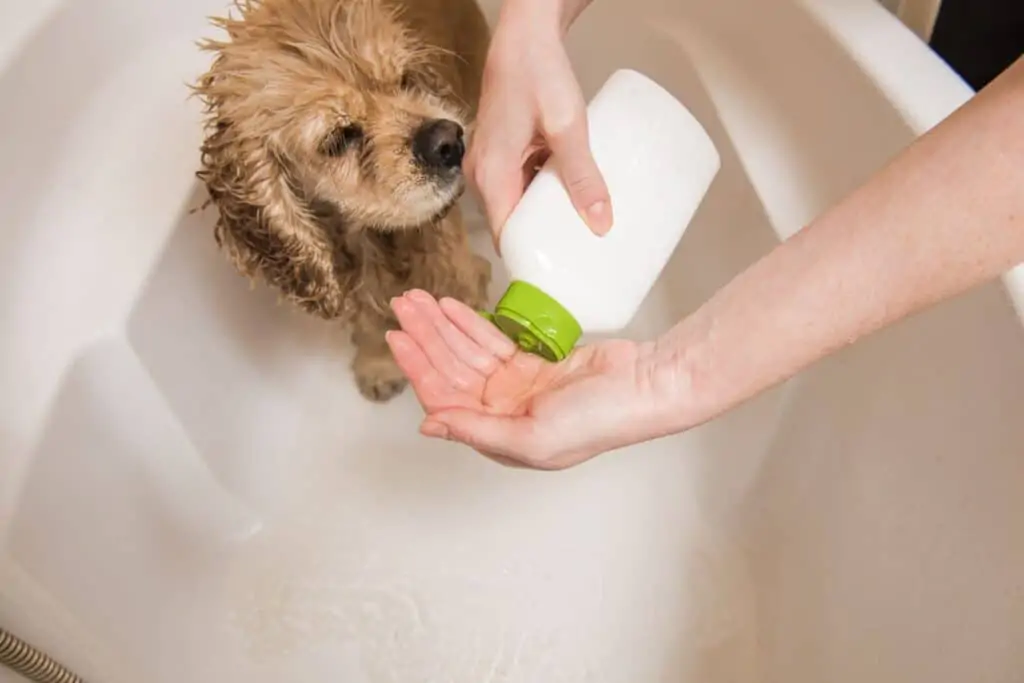
One possibility is that there is something wrong with the water. If your dog is refusing to take a bath in municipal water, it may be because there is something in the water (like bacteria) that they are allergic to. In this case, you will need to find a bottled water supplier or get your dog tested for allergies.
Another possibility is that there is something wrong with the bathing routine itself. If you’ve been bathing your dog regularly, but they are now refusing baths, it may be because you’re doing something wrong. For example, you may be using the wrong type of shampoo or soap, or you may not be cleaning the area around their nose and mouth properly.
If your dog consistently refuses to take baths even when everything else about the bathing routine is correct, there may be a more serious issue at play. If you suspect this, it may be time to call in the professionals.
Conclusion
Again, how often should you wash your dog? As we’ve seen, there is no definitive answer to this question, as it depends on a variety of factors, including the size, breed, and coat of the dog, as well as how often the dog is exposed to dirt, dust, and other contaminants.
Hence, the best way to determine how often to wash your dog is to consult your veterinarian or groomer.